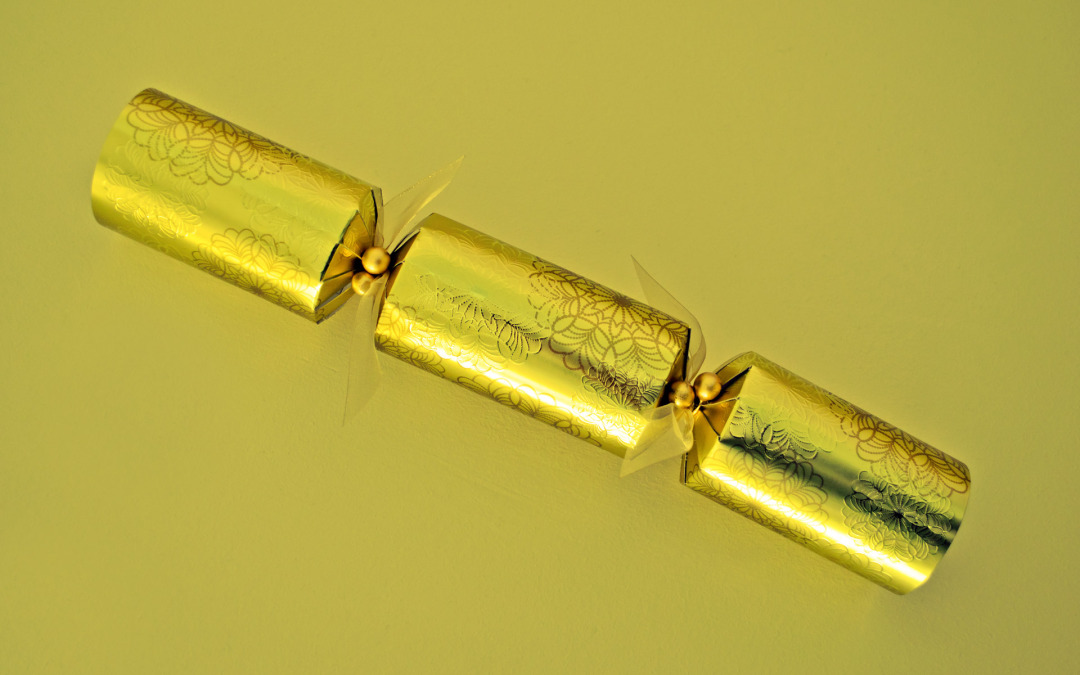
by Lorri | Dec 17, 2014 | Tips, UnCorked
This time of year I think many of us are looking for ways to save money on entertaining. Whether planning a large cocktail party or intimate gathering, these tips can help keep you on budget for holiday wine buying.
Remember the basics
Buy by the case, shop on the retailers’ discount “wine day,” check for in-store specials and always shop around for the best savings. These basic tips can sometimes save you up to 20 percent off on your wine buying.
Quality wines at value prices
For quick savings substitute vintage Champagne with blanc de blanc; cabernet sauvignon with malbec; pinot noir with merlot; and vintage port with late-bottled vintage port (LBV).
Don’t shy away from blends
Many wineries have a blend labeled simply “red wine.” This can be a great place for savings because many of these blends are created from other single varietal bottlings not used for the vintage. It offers the consumer a lower price point, but from a reputable winemaker and vineyard.
Buy big
For large parties 1.5 liter bottles or boxed wines can be a great value. Many quality boxed wines contain the equivalent of four standard bottles and are usually priced less than $20 a box. And if you don’t want your guests to see you’re serving boxed wine, simply pour it into decorative carafes.
Step our of your comfort zone
Consider wines from emerging regions with little or no recognition. Chile and Argentina continue to offer remarkable value, but also consider lesser-known regions in California and up-and-coming wine regions such as New York state.
Get to know your retailer
Make friends with your wine shop staff. With simple conversations your retailer will begin to understand your likes and dislikes, guiding you to the best wines available. Throughout the year you may have a certain wine as your everyday wine but this time of year your retailer may guide you to a similar style at a special price.
And always remember, the best way to find great deals is to ask.
- 2012 Force of Nature Red Blend, California (about $13 retail)
- 2014 Mark West Chardonnay, California (about $12 retail)
- 2013 Norton Malbec, Argentina (about $10 retail)
- 2014 Candoni Pinot Grigio, Italy (about $15 retail for 1.5 liters)
- NV Treveri Blanc de Blanc sparkling wine, Washington (about $14 retail)
- 2014 La Playa Merlot, Chile (about $9 retail)
- 2014 Black Box Cabernet Sauvignon, California (about $24 retail for 3 liters)
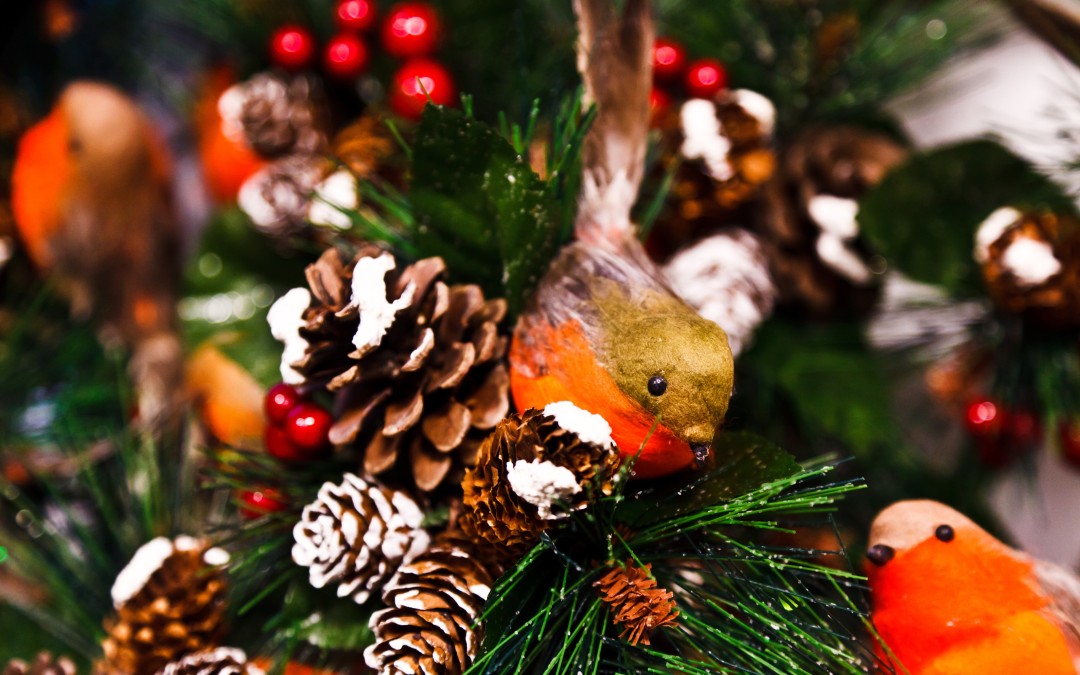
by Lorri | Dec 10, 2014 | Tips, UnCorked
December is perhaps the most social of months. It is filled with formal and casual gatherings with family from near and far. A fun, entertaining and easy way to entertain those special family members and friends — from neighbors to book club members — is a fun and festive wine tasting party. It makes for an intimate time with friends and family, yet creates a relaxed atmosphere where friends from different circles can meet and mingle. And of course, the best part involves savoring the wine and learning in the process. These are just a few tips and ideas to lighten the stress of planning.
Keep it small
The ideal number is usually six to eight guests. This size group is easily accommodated around a dining room table and is compatible with the number of pours for tasting samples from a bottle of wine.
Keep it casual
No need for fancy printed invitations. A quick email, text or Evite is sufficient to let your guests know the theme and start time. The starting time is crucial, though — this is one party difficult to start over for those stragglers.
Pick a theme
If you are supplying the wines or asking guests to join in, stay with a common theme in order to make comparisons. It doesn’t have to be a formal designation of a grape variety, region or price. Change it up for the holidays and consider “anything that bubbles,” “wintery reds,” “anything sweet” or even “bring the most expensive bottle you can afford” or “the best bargain of the year” themes. To keep it festive and not feeling like a classroom, I recommend no more than four to five wines for the evening. If you want to get a little more complex than a simple tasting, put a twist on the evening with a theme of pairing cheese and wine. Host a friendly competition among guests to find the pairing. Or conduct a blind wine tasting for guests to guess the varietal, the most expensive bottle or even the region.
What you’ll need
For the simplest setup, provide each guest with an all-purpose wineglass, a water glass and a paper cup for those looking to spit. A festive touch would be having a personalized wineglass, glass charm or other wine themed accessory for your guests to take home as a holiday gift. If you want to add food for the tasting, a sliced baguette or neutral cracker helps cleanse the palate between wines.
The how-to
The lineup for tasting should start with the driest wines and move toward the sweetest for whites; light-bodied to full-bodied styles for reds. An example would be pinot noir, merlot and then zinfandel. If you are using candles, be sure to buy unscented ones, because the fragrance can interfere with taste and smell.
The most important tip is to keep the evening relaxing and fun for your guests. It’s just another way to enjoy wine while also having a bit of fun with it.
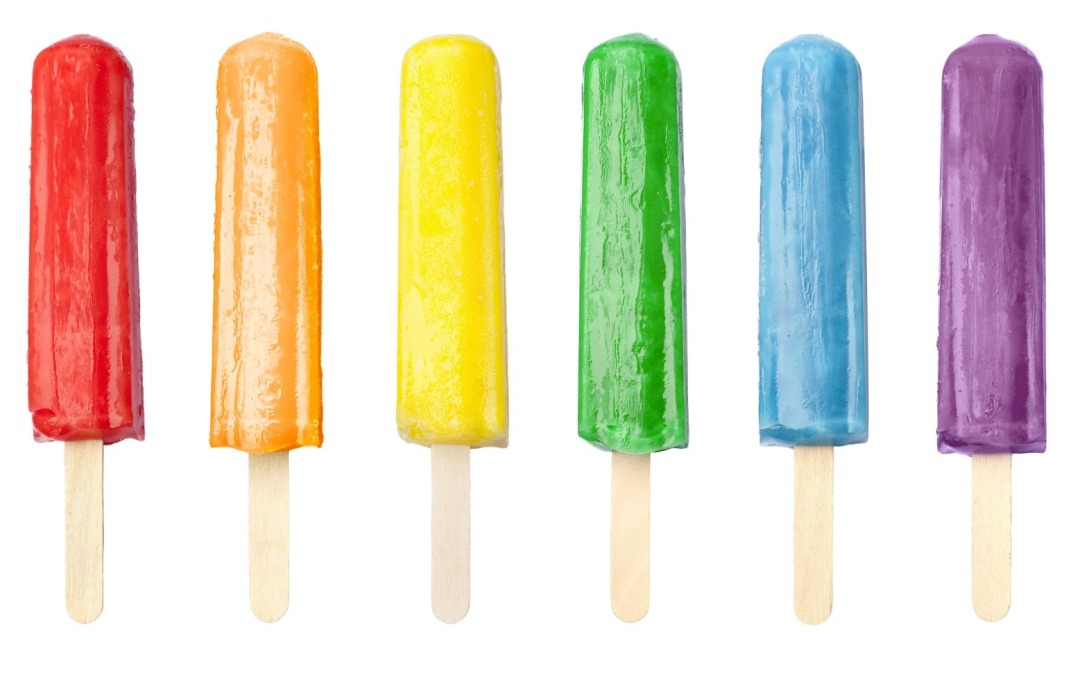
by Lorri | Nov 26, 2014 | Tips, UnCorked
For many of us the concept of leftover wine is unfamiliar. But just as there are often leftover foods when the party is over, the same is true with wine. If you find yourself with more than you want to enjoy with dinner the next day, there are a variety of ways to save it for future use.
I’ve spent the past few weeks researching and doing hands-on experiments putting these tips for using every last drop to the test.
Ice cubes
It may be the simplest, but I have found it to be the most useful. Save leftover wine or freezing it in standard ice cube trays. The cubes are especially useful in recipes for sauces and stews. Ten to 12 cubes equals one cup.
Homemade vinegar
It isn’t as easy as pouring leftover wine into a container — you’ll need to do a few things to ensure the best quality — but you can make vinegar at home with leftover wine. Pour the wine into an open container and cover with cheesecloth or even a dish towel (anything to keep insects out). Some instructions say to leave the wine to gain its own bacterial culture, known as the “mother,” but it’s best to add vinegar bacteria called Mycoderma aceti. Take one part unpasteurized store-bought vinegar (such as Bragg’s) and combine with three parts leftover wine. Over the next couple of weeks the mixture will get a bit murky, with a film developing on the surface and then sinking to the bottom. When it begins to smell vinegary, start tasting. Over time it will start becoming very acidic. When you like the taste, strain it off, put into a bottle and store in the refrigerator.
Adult popsicles
Yes, it is possible. This recipe calls for blackberries and pinot noir. But you could use any combination of fruit and wine that you like.
Pinot Noir Blackberry Pops
- 1/2 cup organic brown sugar
- 1/2 cup water
- 5 cups blackberries
- 6 ounces pinot noir
Combine the sugar and water in a small saucepan over medium-low heat. Cook, stirring frequently, until sugar dissolves. Remove from heat and cool.
Puree the berries in a food processor or blender. You should have about 2 cups puree.
Combine the simple syrup, pureed berries and the wine. Pour into molds; insert sticks and freeze until solid, at least 4 to 6 hours.
Makes 10 pops.
Ice cream topping
Combine 2 cups white wine, ¼ cup honey and ½ vanilla bean (split) in a saucepan. Add 4 cups diced dried fruit (apricots, cherries, raisins, medjool dates) and bring to a boil. Remove from heat. Let stand for about 10 to 15 minutes. Use warm or chill.
Mulled wine
Keeping separate containers for white and red wine, pour leftover wine into a 1-quart freezer-safe container. Keep adding other leftover wine over time. (Be sure to keep your white and red wines separate.) When the container is full, you have your base for a great classic. Empty the frozen wine into a large pot; add spices such as cinnamon sticks, whole cloves or a few whole star anise. Melt wine over medium heat; sweeten to taste with honey, sugar or apple juice. Simmer for 10 minutes and then serve with a twist of citrus peel.
Salad dressing
Take a teaspoon of red or white leftover wine and combine with 2 tablespoons wine vinegar, 1 tablespoon finely chopped shallots. Let the shallots soften and flavors infuse for about 10 minutes. Whisk in ½ tablespoon of honey, ¼ teaspoon salt and 3 tablespoons of olive oil.
by Lorri | Jul 16, 2014 | Tips, UnCorked
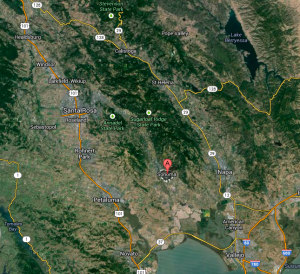 As I type this Uncorked, I am heading west to wine country. Of course I am elated about my trip, but wine region retreats don’t always feel like a vacation at the beach, where the days are filled with wake up, soak up the sun, nap, have an amazing dinner and repeat. For the wine enthusiast, wine region trips, though pleasurable, are often quite stressful. I tend to think of them as being similar to a fast and furious visit to the Louvre — trying to see and experience everything in just one day.
As I type this Uncorked, I am heading west to wine country. Of course I am elated about my trip, but wine region retreats don’t always feel like a vacation at the beach, where the days are filled with wake up, soak up the sun, nap, have an amazing dinner and repeat. For the wine enthusiast, wine region trips, though pleasurable, are often quite stressful. I tend to think of them as being similar to a fast and furious visit to the Louvre — trying to see and experience everything in just one day.
And I’m not alone. I have talked with several readers returning from spectacular wine regions feeling as if they need a vacation from their vacation. It happens to all of us. Just yesterday I had to pull myself back into reality during my planning — so many wineries, so little time — and I know it will happen again next time.
Most of us traveling to wine regions for vacation will have already confirmed appointments before arriving. But keep in mind, the appointments can be part of the stress. We have a tendency to want to schedule as many as possible in one trip in order to taste and experience them all. But this type of planning can lead to feeling overbooked and exhausted, not far off from the type of day at the office — running from appointment to appointment — the reason for the vacation. If you are scheduling only VIP appointments and vineyard tours, I recommend no more than three in one day. And if possible, schedule appointments at vineyards near each other on the same day to help to slow the pace of your day.
This brings us to the next tip. It’s very easy choosing your top wineries to visit and the wines you enjoy. What isn’t easy is when you are leaving one winery and realize your next appointment is an hour drive away. Arriving late can delay the tour start time and make a not so wonderful first impression at the winery.
Researching the locations of the winery is vital. Call me old-fashioned, but I keep a paper road map of the region I am visiting in front of me when making appointments. It helps me get my bearings and visualize the travel for the day. Last week my husband, being a technology guru, walked in and laughed upon seeing my road maps spread across the floor and table.
His advice was simple: “There’s an app for that.” For the tech-savvy, there are many easier-to-use tools to plan your schedule than my road maps. Google Maps and Map Quest are a couple. If you visit the winery website it will usually have links for directions to the vineyard.
If you are a foodie like me, food is just as important as the wine. I remember my first visit to Napa Valley, casually arriving (and very eager to eat) at one of the top-rated restaurants in the area. I quickly learned that, as with winery appointments, the reservation is a must. When planning your days for wineries, consider restaurants also. Call well in advance, because many will be booked as far ahead as several months.
If you plan ahead, know your map and slow down the pace, it can feel like a day at the beach — wake up, drink wine, enjoy beautiful scenery, nap, have an amazing dinner and start over the next day!
by Lorri | Apr 9, 2014 | Tips, UnCorked
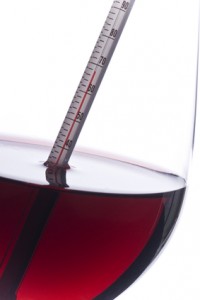 A liquid’s temperature plays a critical role in taste and smell. So much so that tasting a drink at the wrong temperature can ruin the experience. Just consider your reaction to warm, flat soda or room temperature coffee. Yuck, right?
A liquid’s temperature plays a critical role in taste and smell. So much so that tasting a drink at the wrong temperature can ruin the experience. Just consider your reaction to warm, flat soda or room temperature coffee. Yuck, right?
The same goes for wine. This is why some wine lovers tend to obsess about correct serving temperatures. Serving a wine at its ideal temperature brings out the wine’s depth of taste and aromas. Red wines that are served too warm lose fruit and structure leaving only the taste of tannin and alcohol. White wine served too cold rarely has any flavor at all beyond alcohol.
The only white wines that should be served very cold are the very inexpensive ones. Most of these wines are simple in their flavors and aromas.Sparkling wines and Champagne are also best when cold. Not only does the cold help retain bubbles when opening, but many people enjoy the wine’s texture when colder.
For other white wines and even expensive or mature bubbly, these are best served on the cooler rather than cold side, think 45 to 52 degrees. The reason it’s important is because if the wine is too cold, you lose all of the aromas and you are unable to appreciate the subtle, delicate aromas most of these wines offer.
When it comes to red wines, most of us have them sitting around on a wine rack at what we consider room temperature, but the old adage of serving red wine at room temperature doesn’t really apply. In reality, most of us keep our thermostats set between 68 to 75 degrees, depending on the time of year. This is far too warm for serving most red wines. But because lower temperatures will make a high-tannin wine like cabernet sauvignon even more tannic and bitter, it is wise to not serve them cold. Most red wines taste best served between 58 and 65 degrees. If you don’t have temperature-controlled storage for red wines, don’t be afraid to pop it in the refrigerator for a quick 5- to10-minute chill. If it’s summer, even placing the wine near an air-conditioning vent for a few hours will get the job done.
When dining out, it takes confidence to voice your opinion on what the wine’s temperature is when you are served. But your server needs to be aware of this issue. You wouldn’t think twice about pointing out a cold cup of coffee or undercooked food, and it should be the same with wine. Asking for an ice bucket for your white wine throughout dinner or one for a quick cool down of your reds can improve the overall enjoyment of your dining experience.
by Lorri | Jul 31, 2013 | Tips, UnCorked
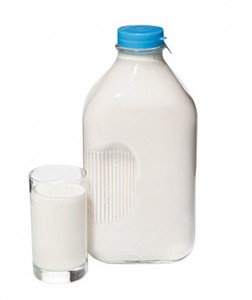 Summer is well underway and the soaring temperatures bring a recurring question from Uncorked readers: How does heat affect bottled wine?
Summer is well underway and the soaring temperatures bring a recurring question from Uncorked readers: How does heat affect bottled wine?
You run into the wine shop and grab a few bottles. On your way home you continue checking off your errand list with a stop at the cleaners, the bank and the grocery store. Meanwhile those bottles are sitting in the 100-degree-plus temperature of your parked car.
When wine is subjected to high temperatures, the quality will most likely be jeopardized. It happened to me when what I thought was going to be a quick meeting turned into a three-hour session. By the time I returned to my car, the cork was pushing out of the bottle and, worse, it leaked onto the carpet of my car.
Heat increases the rate at which wine ages or is oxidized. Oxidation is a chemical process and like most chemical processes, heat increases the reaction rate. High temperatures can affect the aging capability of wine and its taste. When wines are subjected to heat it’s no longer undergoing the ideal slow maturation because the heat-stressed wine is subjected to a sharp and awkward jolt forward in its life. Even if your just-bought wine was intended for dinner and not cellar time, heat can still affect the taste and aroma.
Call me overcautious but I now treat my wine purchase as I do ice cream or milk. You wouldn’t leave these items in the car while you take on an afternoon of errands in the summertime.
When outside temperatures are pushing the extreme, the temperature inside your home can be a problem too. Keep wine in your refrigerator if you don’t have a cellar or put it in a cool, dark place like a basement or closet corner. Keep wines away from windows or sunlight. Don’t store wine in a garage, on top of the refrigerator or in a cupboard next to the oven.If you have a standing wine rack keep it near an air-conditioning vent in the summer but far away from the heating vent in the winter.



 As I type this Uncorked, I am heading west to wine country. Of course I am elated about my trip, but wine region retreats don’t always feel like a vacation at the beach, where the days are filled with wake up, soak up the sun, nap, have an amazing dinner and repeat. For the wine enthusiast, wine region trips, though pleasurable, are often quite stressful. I tend to think of them as being similar to a fast and furious visit to the Louvre — trying to see and experience everything in just one day.
As I type this Uncorked, I am heading west to wine country. Of course I am elated about my trip, but wine region retreats don’t always feel like a vacation at the beach, where the days are filled with wake up, soak up the sun, nap, have an amazing dinner and repeat. For the wine enthusiast, wine region trips, though pleasurable, are often quite stressful. I tend to think of them as being similar to a fast and furious visit to the Louvre — trying to see and experience everything in just one day.
